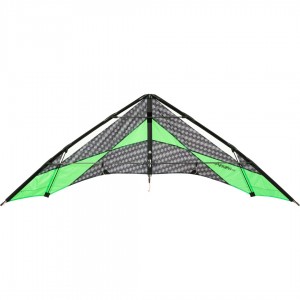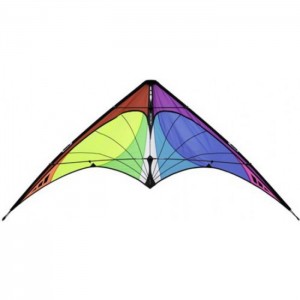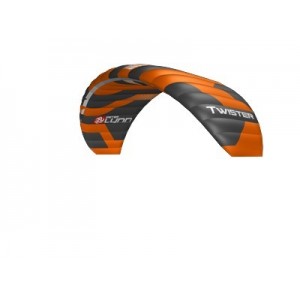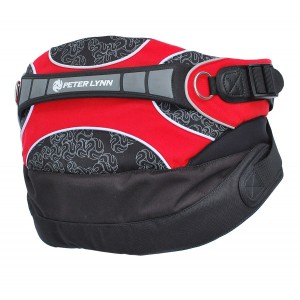- Out-of-Stock
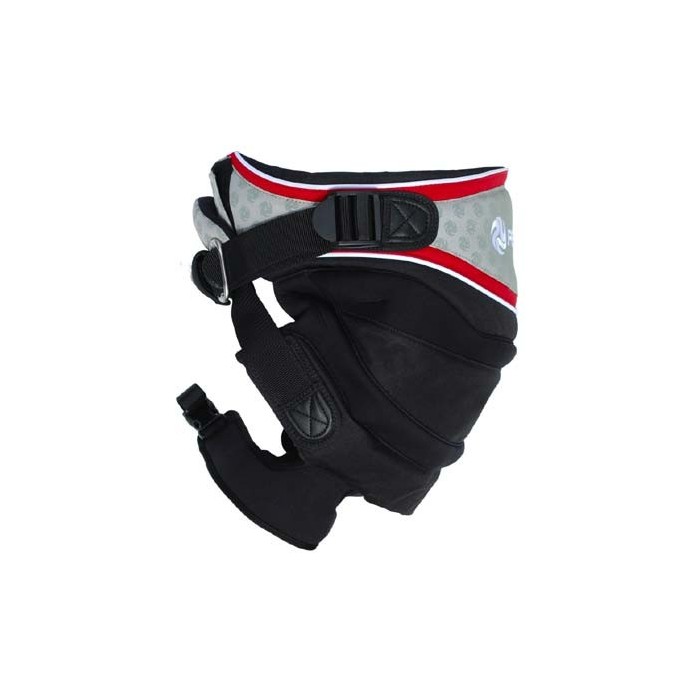






 Security policy
Security policy
(edit with the Customer Reassurance module)
 Delivery policy
Delivery policy
(edit with the Customer Reassurance module)
 Return policy
Return policy
(edit with the Customer Reassurance module)
Harness the power for your traction activities - seat style harness suitable for all land based activities.
The Peter Lynn Divine Seat Harness has been specifically designed for the buggy scene. This harness is extremely comfortable when riding a buggy especially when riding with solid power for a long period of time.
The Peter Lynn Divine Harness is the only truly dedicated harness designed to fit the rider perfectly when sitting in a buggy.
Designed to take the load off the lower back area, the spreader bar is positioned lower on the body than a waist harness making it more comfortable especially when the kite is at the zenith.
The Peter Lynn Divine Seat harness is supplied with a spreader bar pad (excluding spreader bar) for more comfort as well as preventing clothing such as expensive drysuits from getting damaged.
Waist sizes in Cm:
XS: 82 – 96 cm
S: 86 – 102 cm
M: 94 – 110 cm
L: 104 – 121 cm
XL: 118 – 134 cm
Construction:
The Peter Lynn Harness is reinforced around the webbing connections to ensure durability. Fitted with extra padding around the back for more comfort.
Your review appreciation cannot be sent
Report comment
Report sent
Your report cannot be sent
Write your review
Review sent
Your review cannot be sent


check_circle
check_circle
